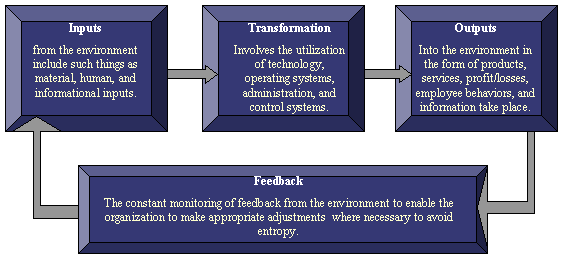|
Key Benefits
![]() Development of a working document for all
members of your organization.
Development of a working document for all
members of your organization.
![]() Development of SMART Goals for your
organization
Development of SMART Goals for your
organization
![]() Alignment of people and processes that best
meet the needs of the business.
Alignment of people and processes that best
meet the needs of the business.
![]() Immediate implementation of your strategic
plan.
Immediate implementation of your strategic
plan.
Capabilities
To cultivate a desire for developing success attitudes and assuming personal responsibility for development.
![]() To provide the process and knowledge
for you to create a Vision statement that will provide direction and
inspiration.
To provide the process and knowledge
for you to create a Vision statement that will provide direction and
inspiration.
![]() Generate the information and insight to
develop a base strategy that will provide a competitive advantage.
Generate the information and insight to
develop a base strategy that will provide a competitive advantage.
Strategic Planning
It would be natural to assume that good management planning is the most common reason for success. Certainly only a few would consciously choose to let fate dictate their success or failure. While that may seem to be the case, the reality is that managers frequently get tied up in the "business of doing business" on a day-to-day basis and never really take the time to plan their future. Plans make the future happen or, to quote Ben Franklin: "If we fail to plan, we plan to fail."
Businesses succeed or fail for a variety of reasons. Hard work, persistence, the appeal of an innovative product, persuasive marketing, need, or consumer demand, can all play a part. Some say luck has a role. Others say it's a matter of being in the right place at the right time. In still other cases, management takes the time to address all of the important aspects of ensuring the success of the business. Creating a vision and strategy is followed by developing a well thought out business plan, which is followed by implementation of the plan.
Strategic planning, also commonly referred to as resource organization, is the foundation on which all other managerial functions rest. It is the long-term comprehensive plan or actions identifying the critical direction of the organization and guides the allocation of resources of an entire organization. The objective then, is for maximum productivity of all resources, with all resources synergistically achieving desired results: fulfilling the organization's purpose, reaching its goals. The skilled strategic assessment of marketing, operational, financial and human resources often determine whether long-range plans will be successful.
Our program for strategic and business planning provides your company with the understanding, format, and structure to help you develop, crystallize, and communicate your vision and your strategic business plan, as well as your marketing and sales plans. It provides you with a process to understand where you are, what potential opportunities exist for your organization, and most importantly, help you to determine what goal-directed actions must be taken to ensure that your future, as you envision it, becomes reality.
Why Strategic Planning
For effective, efficient management to take place, it is important to understand why management must maintain a constancy of purpose. Without such constancy, adaptability becomes unmanageable chaos and management fails. Thinking of organizations as systems provides us with a variety of important viewpoints on organizations such as the concepts of open systems, subsystems, synergy, and entropy. We can briefly define a system as an interrelated set of elements functioning as a whole. By viewing an organization as a system, it becomes easy to identify four basis elements: inputs, transformation, processes, outputs, and feedback. This perspective validates the requirement of subsystems working together (synergy) and constantly monitoring their environment for deviations (entropy) from optimum operation so necessary adjustments can be made (strategic planning.)
Needs Defined
 |
|
Can you and other members of your organization define your business in terms of needs satisfied not simply products produced or services provided? |
|
|
Does your organization currently operate under a current strategic plan? | |
|
|
Do you know who your competitors are and how they are doing? | |
|
|
How do you measure success within your organization? | |
|
|
How many meetings do you attend in a normal workweek and how long do they normally last? | |
|
|
How committed to detail is your organization? | |
|
|
To what degree are members of your organization pragmatic vs. conceptual? | |
|
|
Are you getting from your senior team and employees all that they are capable of doing? | |
|
|
What does your organization look like in the future? |
If your answers to these questions leave you wondering, then consider this. There are significant benefits to gain through an explicit process of formulating strategy, to insure that at least the policies (if not actions) of functional departments are coordinated and directed at some common set of goals. Strategic planning helps your organization understand why you do what you do and what coordination is necessary for your organization to increase competitiveness and profitability.
Elements Covered |
|||||
|
|
Elements of the Strategic Plan |
|
Resources |
|
Financial Budgeting |
|
|
The External Assessment |
|
Strengths & Limitations |
|
The Market Plan |
|
|
Competitive Analysis |
|
The business Plan |
|
Market Communications |
|
|
Trend Analysis |
|
Examples of Vision and Mission Statements |
|
Sales Support |
|
|
Internal Appraisal |
|
Critical Goal Categories |
|
The Sales Plan |
|
|
Business Structure |
|
Business Planning Goals |
|
The Review Process |
